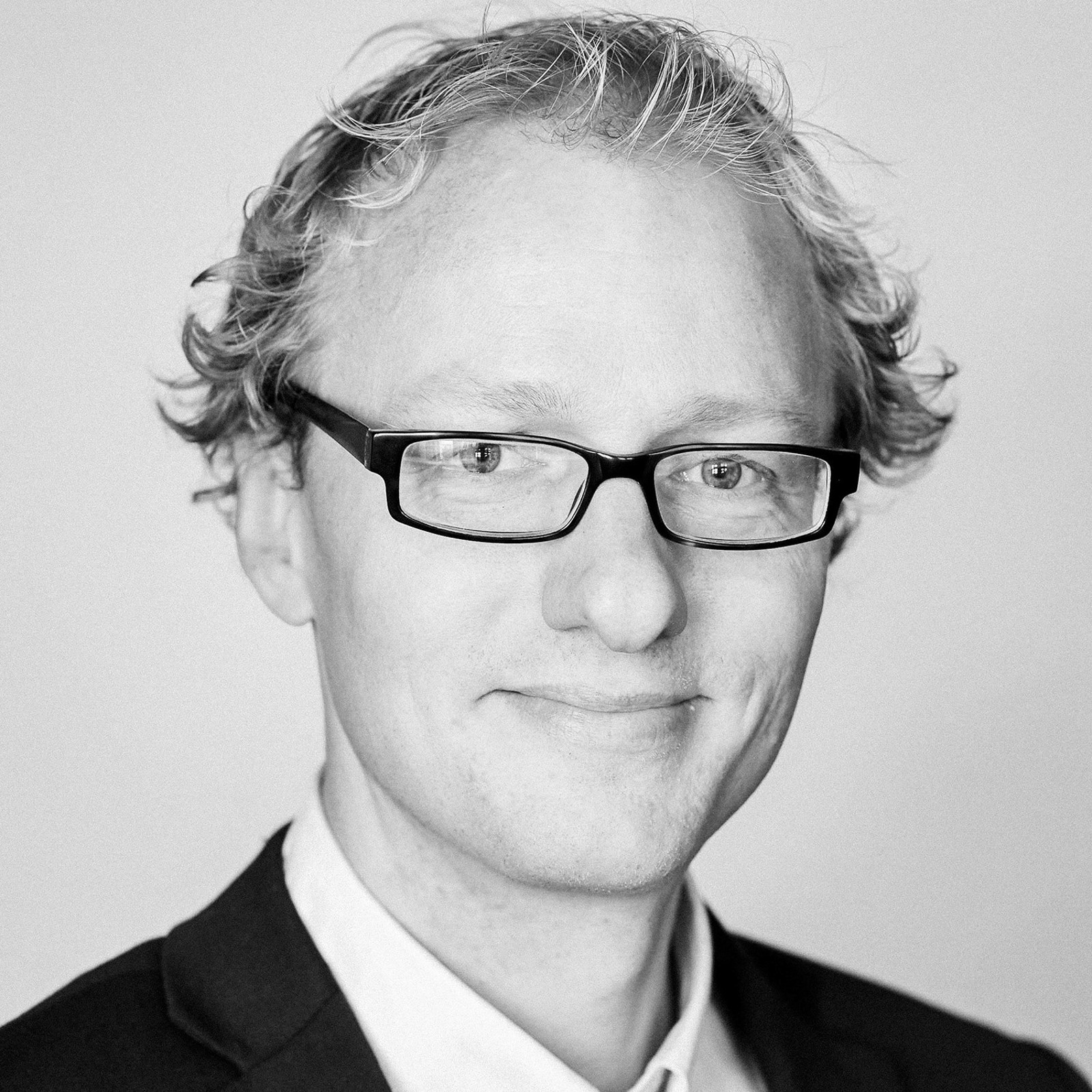“We have a lot of contact with organisations offering good solutions to climate change, and who are implementing and scaling up zero emission solutions,” he says. “That’s why we’re in contact with Kongsberg Maritime — they’re one of the companies doing great work in this area.
“We’re not involved on the technical side, but we can share the knowledge gained, working with politicians and other stakeholders, to show why hydrogen is a really important solution for taking the maritime industry from fossil-based polluting systems to renewable, zero-emission systems.”
The advantage, Marius points out, isn’t only in the onboard systems. It’s also in the renewable energy source itself. “Hydrogen is a really important energy carrier,” he says. “We can produce it from wind power or other renewable sources, so it’s emission free to create as well as to use.
“HySeas isn’t only a significant project for the transportation or maritime industries. It’s generating knowledge and learning for the entire supply chain that will help us to produce and use hydrogen on a much larger scale.”
The point, says Marius, isn’t to show that hydrogen fuel cells work. We already know that they do. It’s to encourage and increase adoption of hydrogen in traditionally polluting industries on a much larger scale.
“We’ve been using hydrogen fuel cells in road transport for many years,” he explains. “It’s even used in spacecraft. We know that it works. The key now is to learn how to use it in the ferries, then the next step will be larger ships.
“From there we can develop these solutions for really big vessels like cruise ships. It’s totally doable, the research and development just needs to be ramped up. The more we can scale up, the more we can bring costs down. This project is helping to prove that the technology is adaptable and scalable, and helping us get to that next step.”
Marius is confident that Hyseas III will help to make ferry transportation the first area in the maritime industry to make the switch entirely to renewable fuel. And he thinks it will happen within this decade.
“Based on what Hyseas and other projects are doing, building sufficient knowledge and solutions, we could be moving to large-scale adoption, within just a few years,” he says. “Of course, we need to scale up the infrastructure, so that hydrogen is available not only on short ferry routes but on longer distance routes too.
“So many companies like KONGSBERG are working with these technologies now that I really think we’ll see a major shift within a few years. This is going to be a new standard for maritime vessels.”
The benefits of researching new energy sources like hydrogen aren’t only in reducing emissions and supporting local economies. There are significant advantages for human and marine life too.
“The obvious benefits are that these fuels help to solve climate challenges,” says Marius. “But it also means better air quality for people who live around the ports, where local pollution can be a real problem.
“The vessels will be almost silent, which is a huge benefit for both human and marine life. There’s no risk of oil or fuel spills, either from the new vessels or from transporting fuel over long distances.
“Plus, there’s the opportunity to support and grow local, coastal economies through the production of hydrogen from renewable sources.
“Projects like HySeas III support the environment. They support societies. They have wide-reaching and long-lasting benefits for us all.”

